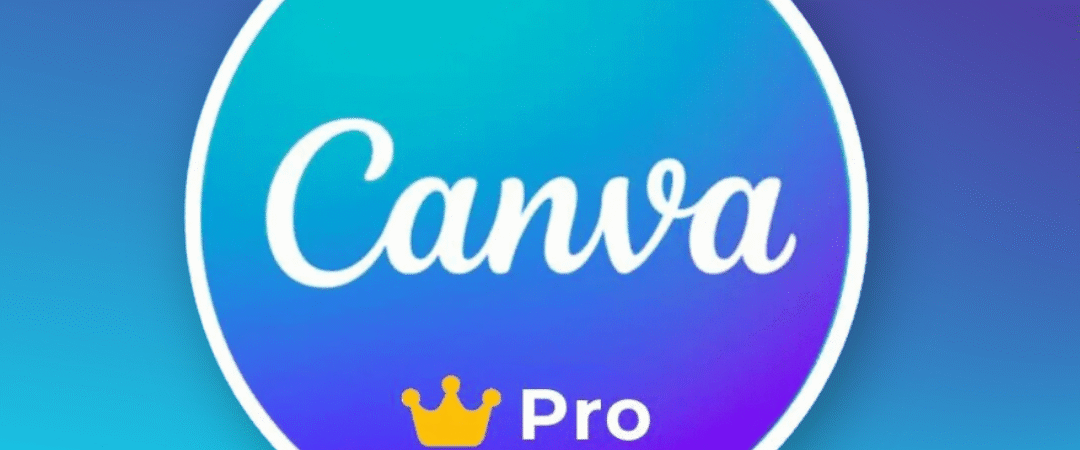Canva has revolutionized graphic design, making it accessible to everyone. But did you know you can take it a step further by creating your own Canva templates? Whether for personal use, team consistency, or even selling, custom templates can save you time and ensure a cohesive brand identity.
Why Create Canva Templates?
Creating templates offers several benefits:
- Efficiency: Speed up your design process by having pre-made layouts for recurring content (e.g., social media posts, presentations, flyers).
- Brand Consistency: Maintain a consistent look and feel across all your visuals by embedding your brand colors, fonts, and logos directly into the template.
- Scalability: Easily delegate design tasks to team members, knowing they’ll adhere to your brand guidelines.
- Passive Income: If you’re an entrepreneur, designing and selling templates can be a fantastic way to generate passive income.
Step-by-Step Guide to Creating a Canva Template
Let’s walk through the process of creating your own editable Canva template.
1. Choose Your Design Type and Dimensions
Before you begin, decide what kind of template you want to create. Canva offers a vast array of design types, from Instagram posts to business cards and presentations.
- Select a pre-sized option: For common uses like Instagram stories or Facebook posts, Canva provides ideal dimensions automatically.
- Set custom dimensions: If you have specific needs (e.g., a unique banner size), you can input custom width and height in pixels, inches, or millimeters.
2. Select Your Background
The background sets the tone for your entire design. Consider your brand aesthetic and the purpose of the template.
- Solid color or gradient: For a clean, professional look.
- Pattern or image: To add energy or a specific visual theme. You can upload your own images or choose from Canva’s extensive library.
- Transparency: Adjust the transparency of elements for a layered effect.
3. Add Design Elements
Now for the fun part! This is where you bring your template to life.
- Elements Tab: Explore lines, shapes, frames, stickers, and vector art. Frames are particularly useful for image placeholders, allowing users to easily drag and drop their own photos.
- Consistency is Key: Stick to a cohesive design. Don’t overcrowd your template with too many different elements.
- Duplicate Elements: Use the duplicate icon (plus symbol) to quickly replicate elements.
- Positioning: Arrange elements using the “Position” option to control layers and alignment.
4. Customize Fonts and Colors
This is crucial for brand consistency.
- Brand Kit (Canva Pro feature): If you have Canva Pro, utilize the Brand Kit to save your brand colors, fonts, and logos for easy access. This ensures every design is on-brand.
- Font Selection: Choose fonts that are legible and align with your brand’s personality. Canva offers a wide selection, and Pro users can upload custom fonts.
- Color Palette: Limit your color palette to 3-5 colors for a professional and cohesive look across multiple templates.
5. Include Placeholders for Easy Editing
The essence of a template is its editability.
- Text Boxes: Add text boxes for headings, body text, and any other information the user will customize. You can add sample text, but make it clear it’s editable.
- Frames: As mentioned, frames are excellent for images.
- Lock Elements: For elements you don’t want users to accidentally move or change (like a background pattern or a fixed logo position), lock them. This is a critical step to ensure your template’s structure remains intact. You may need to lock an element twice: once to prevent movement and again to prevent image replacement within a frame.
6. Create Multiple Pages (Optional)
If your template is part of a series or requires different layouts (e.g., a social media carousel, presentation slides), add multiple pages. You can duplicate existing pages to maintain consistency.
7. Share Your Template
Once your template is polished and ready, you’ll need to share it correctly.
- Share as Template Link: This is the most important step! Instead of sharing an “edit” link (which would allow others to modify your original design), select the option to “share as template” or “template link.” This generates a unique link that, when clicked, creates a copy of your design in the user’s Canva account, leaving your original untouched.
Tips for Effective Template Creation
- Keep it Simple: Overly complex designs can be intimidating or difficult for users to customize.
- User-Friendly: Design with the end-user in mind. Make it intuitive to edit.
- High-Quality Elements: Use high-resolution images and graphics.
- Test Your Template: Before sharing or selling, test the template yourself or have someone else try it out to ensure all elements are editable and function as intended.
- Canva Pro Benefits: While you can create templates with a free Canva account, Canva Pro offers significant advantages like the Brand Kit, Magic Resize, and access to a much larger library of premium assets, making template creation far more efficient and professional.
Creating your own Canva templates is a valuable skill that can streamline your design workflow and enhance your brand presence. Dive in and start designing!
